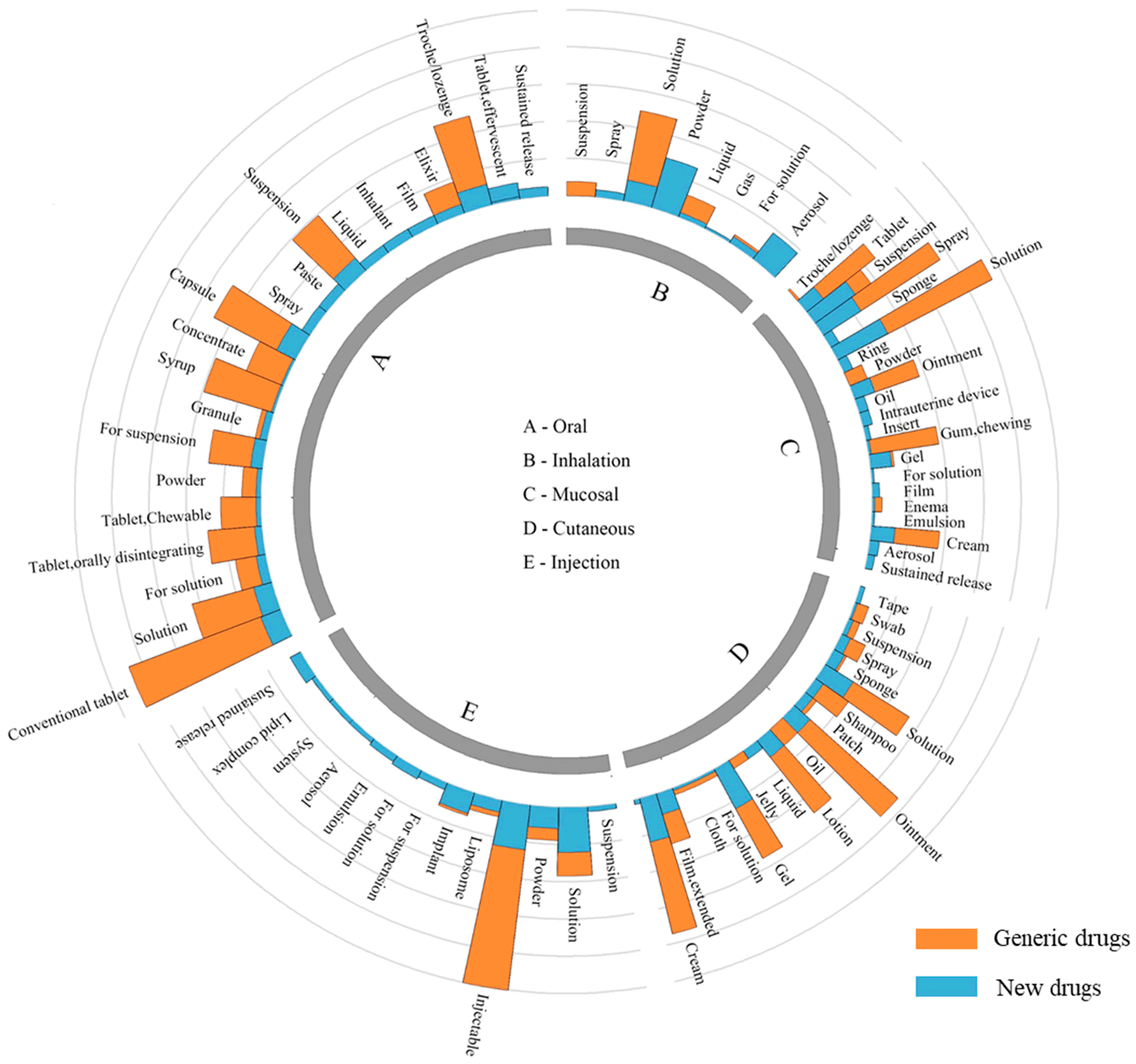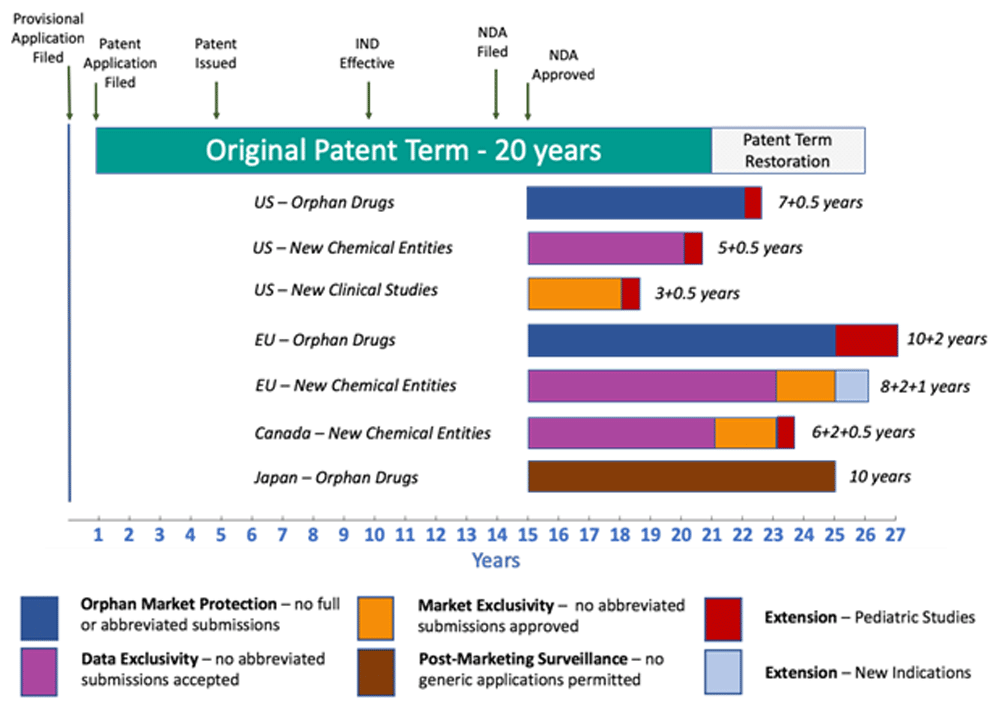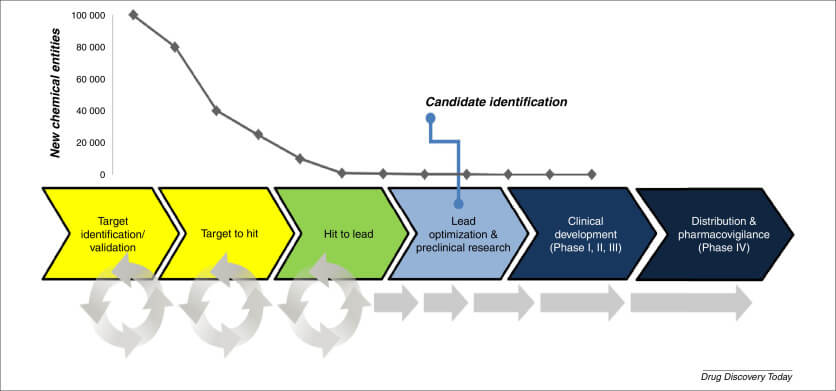The pharmaceutical industry, particularly the generic drug segment, faces numerous challenges in maintaining a resilient and efficient supply chain. The industry has historically focused on drug discovery and sales and marketing, but recent trends have shifted attention to supply chain optimization as a means of delivering value. This article will explore the key issues and strategies for optimizing the generic drug supply chain, highlighting the importance of multi-sourcing, material availability, quality and batch release processes, smart logistics, real-time visibility, and demand sensing.
Key Issues in the Generic Drug Supply Chain
Cost and Pricing Pressures: Generic drug manufacturers face intense price competition, uncertain revenue streams, and high investment requirements to maintain mature manufacturing quality systems. This can lead to reductions in manufacturing costs to potentially unsustainable levels, driving existing manufacturers out of the market and deterring potential market entrants.
Supply Chain Vulnerabilities: The concentration of pharmaceutical purchasing and distribution can result in a lack of redundancy in the supply chain, making it vulnerable to disruptions. This is particularly true for critical acute care drugs that rely heavily on key starting materials (KSMs) and active pharmaceutical ingredients (APIs) from countries like China and India.
Quality-Related Breakdowns: Historically, most shortages occur after quality-related breakdowns in manufacturing processes. Manufacturers must fix these problems before production can resume, and if alternative suppliers are not available, a shortage can occur.
Strategies for Optimizing the Generic Drug Supply Chain
Multi-Sourcing: Moving to multi-source sourcing models provides leverage to reduce raw material costs. This can be achieved through multi-tier supply networks with pre-screened supplier profiles, making it easier to switch suppliers quickly.
Improving Material Availability and OTIF: Ensuring material visibility across the value chain is critical to ensure stock availability. This can be achieved through multi-tier, hub-to-hub control tower solutions that balance fulfillment and carry out effective Multi Echelon Inventory Optimization (MEIO).
Quality and Batch Release Process with Digitization and Predictive Intelligence: Implementing a Quality System of Intelligence that digitizes the batch release process and provides predictive insights, alerts, and scenario planning can significantly improve supply chain responsiveness.
Smart Logistics: Implementing cold chain monitoring and lot and batch level traceability is crucial for ensuring regulatory and patient compliance. This can be achieved through end-to-end, multi-party networks with robust chain of custody.
Real-Time Visibility and Transparency: Gaining real-time visibility across all trading partners is critical for brands to understand what suppliers are doing at every step of the way. This can be achieved through multi-party networks with standardized API interfaces.
Demand Sensing for Personalized Medications: Implementing demand sensing models that allow each party to respond to changing demand trends is key for optimizing cost and service while improving the patient experience.
Future Challenges and Opportunities
The future challenges in optimizing the generic drug supply chain are broad and complex. They can be categorized under three headings:
Improvements to Existing Processes: Improving the efficiency and effectiveness of existing processes, such as pipeline and development management, capacity planning, and production planning and scheduling.
Improvements to the Strategic Decision-Making Process: Enhancing strategic decision-making through better data analytics, predictive modeling, and scenario planning.
Future Scenarios: Preparing for future scenarios, such as the growth of personalized medicine and the increasing importance of patient-centric supply chains.
Conclusion
Optimizing the generic drug supply chain requires a comprehensive approach that addresses the key issues and leverages various strategies. By implementing multi-sourcing, improving material availability, enhancing quality and batch release processes, utilizing smart logistics, and ensuring real-time visibility and transparency, generic drug manufacturers can improve their supply chain resilience and responsiveness. As the industry continues to evolve, it is crucial to stay ahead of the challenges and opportunities that lie ahead.
References
- Ballance, R. D., Pogany, J. G., & Forstner, H. (1992). Pharmaceutical supply chains: key issues and strategies for optimisation. International Journal of Production and Operations Management, 12(3), 14-34.
- Supply Chain Beyond. (2023). 7 Supply Chain Strategies for Pharmaceutical Brands to Compete Against Generics. Retrieved from https://supplychainbeyond.com/7-supply-chain-strategies-for-pharma-brands-vs-generics/
- ASPE. (2024). HHS-White-Paper-Preventing-Shortages-Supply-Chain-Vulnerabilities. Retrieved from https://aspe.hhs.gov/sites/default/files/documents/3a9df8acf50e7fda2e443f025d51d038/HHS-White-Paper-Preventing-Shortages-Supply-Chain-Vulnerabilities.pdf
- Pharma News Intel. (2023). Fundamentals of the Pharmaceutical Supply Chain. Retrieved from https://pharmanewsintel.com/news/fundamentals-of-the-pharmaceutical-supply-chain
- News Medical. (2024). Supply chain assessment and management, optimizing pharmaceutical supply chains. Retrieved from https://www.news-medical.net/news/20240304/Supply-chain-assessment-and-management-optimizing-pharmaceutical-supply-chains.aspx























